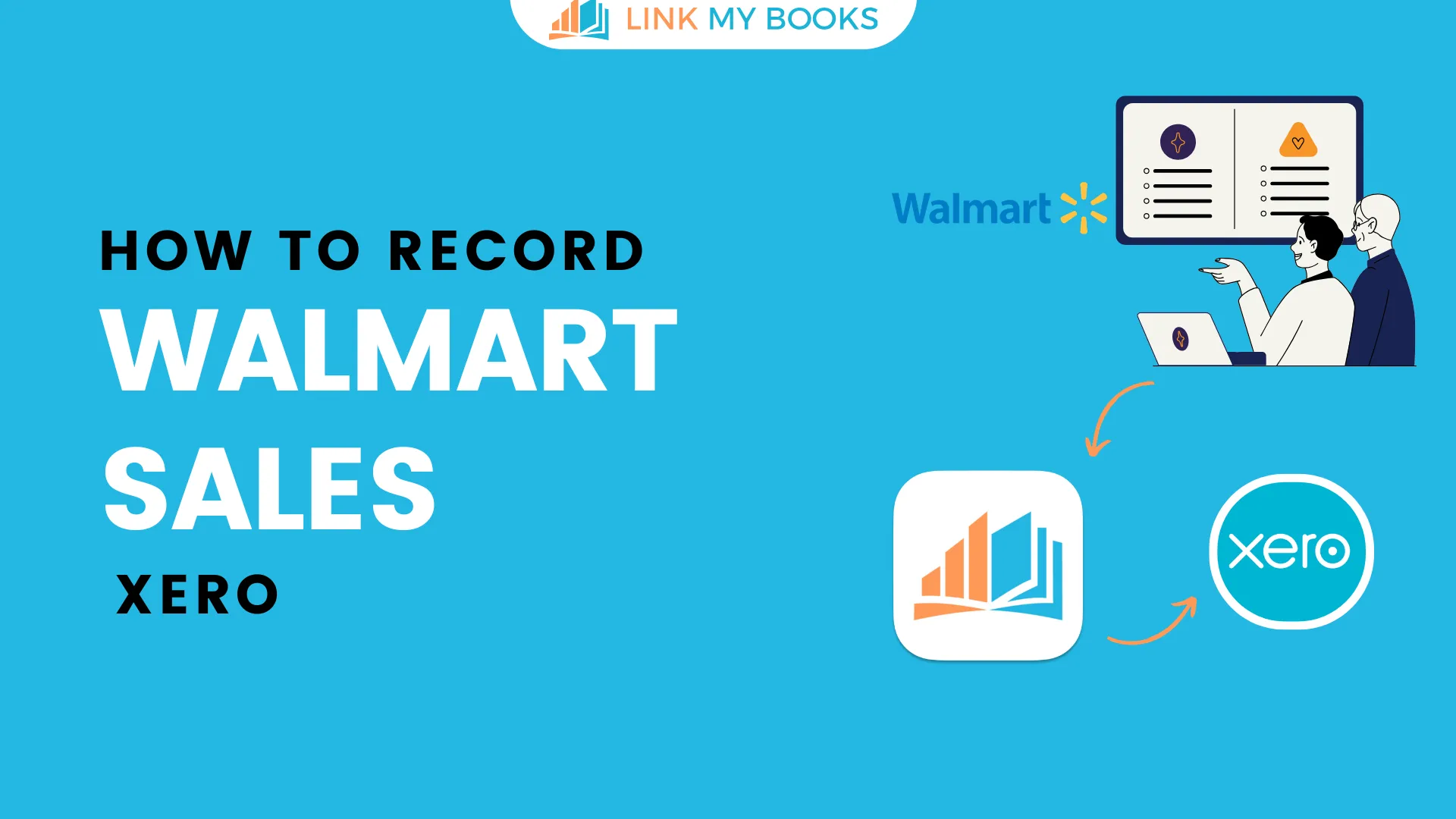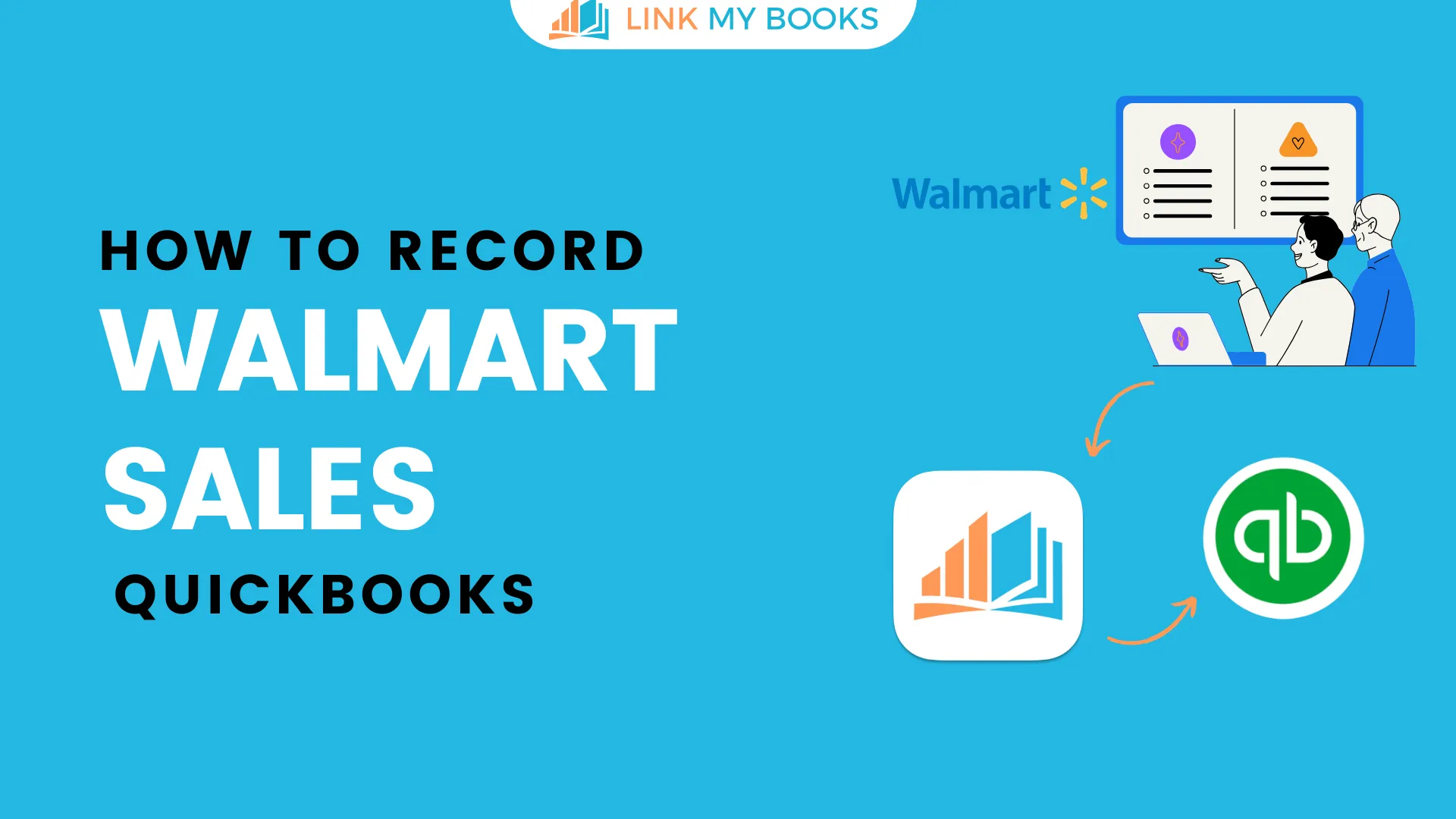






Accounting Tips for Dropshippers on Shopify
With the rise of social media, more and more hopeful entrepreneurs are turning to dropshipping on websites like Amazon and Shopify. What many people getting into the business do not realise, though, is that dropshipping is handled much like any other business. Ensuring that you have the proper bank accounts and bookkeeping skills is vital to maintaining a solid business that will be profitable for you.
Shopify is a commerce platform that many dropshippers are electing to use instead of their larger counterparts like Amazon or eBay. However, understanding the finances behind everything can be extremely difficult if you aren’t experienced with it. Don’t be stuck with poor accounting for your dropshipping business, or your business might suffer the consequences.

The Basics of Dropshipping
What is dropshipping exactly? Dropshipping is, at its core, a product fulfilment service where the seller does not keep the products in stock themselves. Instead, when the seller makes a sale, they purchase the product from a third party, like a warehouse or wholesaler. That third party will then package the product for the customer and ship it directly to them from the third party’s warehouse.
In essence, the dropshipper acts as the middleman between the two parties. They make a profit through the price difference between the retail price that their customers pay and the wholesale price that they purchase from the retailer.
Because the wholesaler stores the items and packages them for the customers, the dropshipper does not have as much to worry about as far as startup costs and storage investments. It’s an easy way to get into business without having to front a lot of money for overhead costs that you might not have. This method of selling also allows you to have a wider variety of items to sell because you are not the one responsible for storing them and shipping them out on your own.
The lack of needed startup costs, the ability to not rent warehouse space, and the ease of ordering products make dropshipping an increasingly popular revenue source. However, managing your Shopify accounting and understanding the accounting for your dropshipping business can be difficult if you aren’t adequately prepared.
Accounting Challenges From Dropshippers on Shopify
While maintaining your Shopify seller accounting might be easier than other small businesses, knowing what you need to stay on top of as far as numbers go is extremely important to maintaining the reputation and profitability of your dropshipping business. Without proper accounting and money management, your business cannot thrive, and the taxes involved could cause significant problems down the line.
While you may not house all the merchandise and inventory on your own, knowing how much inventory you have, what’s selling, how much of a product you might need, etc., is vital to keeping your business running. For example, if someone orders seven of a product, but your wholesaler only has four in stock, then that’s an issue that you, as the business owner, will need to solve. Additionally, it’s not the wholesaler the customer will be upset with; it’s you.
You will also need to record all of your sales and revenue. An easy way to do this is by setting up separate bank accounts and banking information for your business so that nothing gets accidentally mixed in with your personal finances. Any mishandling of your finances could lead to problems in your Shopify accounting and potentially interfere with your taxes down the road. This is especially true if you take orders from multiple countries with different currencies.
Proper accounting for your dropshipping business is, as previously mentioned, vital for tax purposes. Because the profit you make from a dropshipping business is income, it needs to be properly accounted for. However, the profits don’t first go through the government processes to make withdrawals. Instead, the funds are deposited directly into your accounts, so you must pay taxes at the end of the quarter or year.
In short, Shopify seller accounting is no different than doing the account for any other small business. The only real difference is that you do not have the products in person with you. Don’t let this slip your mind when setting up your business!

Tips to Better Manage Your Accounting
When you’re beginning to figure out the best practices for accounting for your dropshipping business, there are a few tips to keep in mind.
First, if you choose to sell through Shopify, you need to understand the Shopify platform and its terms of service. Knowing how Shopify does business is extremely important to ensure that you maintain an accurate accounting as you do business.
Second, you need to keep detailed records of all of your transactions. This includes purchases that you make for your business, purchases from the wholesaler, and client purchases. You need to know exactly what cash is coming in and going out of your business to properly account for all money changing hands in every transaction.
Finally, you should regularly reconcile all your accounts to ensure that there are no missing numbers and that all revenue is accounted for. Missing the accounting for even a couple of transactions could be highly detrimental to your business in the long run. Make a list, check it twice, and then check it again to be safe.
Keeping Best Practices in Mind
As for all businesses, don’t forget to take your best practices to heart. If there is anything you’re unsure of when you’re figuring out the accounting for your dropshipping business, then you should consult a professional accountant to ensure you stay compliant with all tax laws.
Automate recurring transactions so that you’re able to streamline the process and ensure nothing gets lost in translation. Use accounting software to help catch any potential errors and further streamline the process. Finally, you should always stay on top of any new developments or trends to keep your business on the up and up.

Link My Books
At Link My Books, we can easily integrate your Shopify accounting with our software, making it easy for you to stay on top of any and all cash flow coming through your shop. If Shopify bookkeeping is stressing you out, then Link My Books might be the program you’ve been looking for.
With an easy, 15-minute setup, you can go from spending hours doing your Shopify seller accounting to less than 10 minutes with our streamlined service.
If you’re interested in using our services to help you better manage your Shopify business, then get started for free with us today!


.webp)















.png)